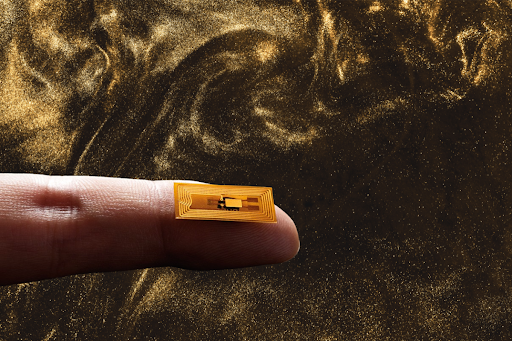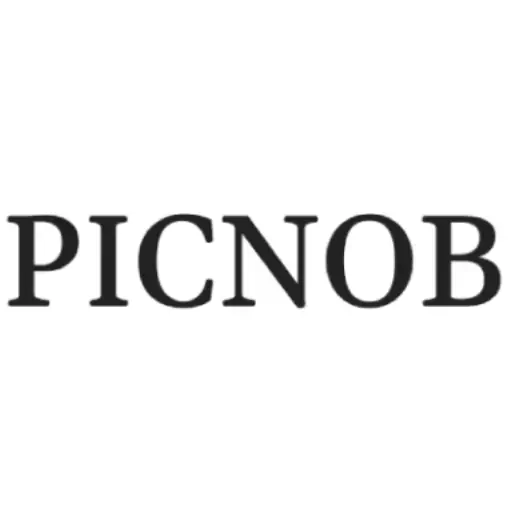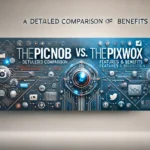
Invisible Traders: How Smart Dust Uses Crypto to Exchange Data
Picture a world where tiny sensors, hardly perceptible to the naked eye, independently gather and exchange information without any human interaction. It’s not science fiction. It’s the future of “smart dust.” These small devices, integrated with blockchain technology, can potentially change the way data is exchanged, purchased, and sold.
Table Of Content
- What is Smart Dust?
- How Smart Dust Works
- Blockchain and Smart Dust: A Match Made in Tech Heaven
- Why Blockchain?
- The Role of Cryptocurrency in Smart Dust Networks
- How Crypto Enables Autonomous Transactions
- Real-World Applications of Smart Dust and Crypto
- 1. Environmental Monitoring
- 2. Supply Chain and Logistics
- 3. Agriculture and Smart Farming
- 4. Defense and Security
- 5. Smart Cities and IoT Networks
- Challenges and Concerns
- 1. Privacy and Security Risks
- 2. Energy Constraints
- 3. Regulatory Barriers
- 4. Adoption and Scalability
- The Future of Smart Dust and Crypto-Based Data Economy
- Conclusion
By using cryptocurrency, smart dust can independently exchange information and resources, a decentralized and self-replenishing data economy. And just as you can exchange crypto such as SOL to USD, such smart devices might easily convert digital assets in real-time.
In this article, we will discuss how smart dust operates, how it is integrated with blockchain, and what the future holds for autonomous data exchange.
What is Smart Dust?
Smart dust is comprised of small, wireless sensors, usually the thickness of a grain of sand, which are able to gather environmental information such as temperature, movement, and moisture. Their low power requirements render them ideal for mass monitoring.
Initially created by UC Berkeley during the late 1990s, the further development of AI, nanotechnology, and MEMS has greatly improved their ability.
How Smart Dust Works
Each smart dust particle contains the following:
- A sensor – To collect environmental data
- A microprocessor – To process and analyze the data
- Wireless communication – To transmit information to other smart dust particles or larger networks
- Power supply – Often using ultra-low-energy sources like solar energy or vibration-based energy harvesting
These tiny devices are able to create self-organizing networks, where they collaborate to collect and transmit information independently of humans. But what role does cryptocurrency have to play?
Blockchain and Smart Dust: A Match Made in Tech Heaven
Blockchain technology enables secure, autonomous transactions among smart dust particles by allowing sensors to store, validate, and exchange data without a central authority.
Why Blockchain?
Blockchain is:
- Decentralized – No need for intermediaries
- Secure – Cryptographic encryption ensures data integrity
- Tamper-proof – Transactions are immutable and verifiable
- Transparent – Anyone with access can verify transactions
For smart dust, blockchain enables a trustless system where sensors can autonomously buy, sell, or trade data without relying on a centralized entity.
The Role of Cryptocurrency in Smart Dust Networks
Cryptocurrency acts as the medium of exchange in a smart, dust-powered economy. Instead of traditional currency, smart dust sensors use digital tokens to trade information and computational resources.
How Crypto Enables Autonomous Transactions
1. Data Collection and Monetization
- Smart dust sensors gather environmental data (e.g., pollution levels, soil moisture, traffic patterns).
- This data is encrypted and stored on a blockchain.
- Buyers such as researchers, governments, or companies—purchase this data using cryptocurrency.
2. Peer-to-Peer Trading
- Smart dust nodes can trade data amongst themselves, optimizing network efficiency.
- Example: A sensor detecting rising temperatures may trade data with another measuring humidity to improve weather predictions.
3. Automated Smart Contracts
- Self-executing blockchain contracts enable seamless transactions.
- Once a buyer requests data and pays the required cryptocurrency, the contract executes automatically, transferring the information.
By using digital currencies, smart dust can operate independently without needing human intervention.
Real-World Applications of Smart Dust and Crypto
Together, smart dust and cryptocurrency hold limitless potential. Let’s consider some of the brightest uses.
1. Environmental Monitoring
Smart dust may monitor air quality, water pollution, and climatic conditions. Researchers and policymakers may purchase this real-time information using crypto to make rational decisions on pollution control and climate action.
2. Supply Chain and Logistics
These sensors can track the temperature, humidity, and location of supply chains. For instance, a drug company shipping vaccines can pay for real-time tracking information to keep the medicine at the proper temperatures.
3. Agriculture and Smart Farming
Farmers can utilize smart dust to track soil moisture, nutrient content, and pest activity. Data received can be exchanged for cryptocurrency, making precision agriculture successful.
4. Defense and Security
Smart dust would be able to sense motion, sound, or chemical attack in military use. These small devices would be able to share intelligence information autonomously, improving battlefield awareness.
5. Smart Cities and IoT Networks
In cities, smart dust can track traffic, infrastructure conditions, and energy usage. Microtransactions based on blockchain would enable sensors to share data effectively, streamlining city operations.
Challenges and Concerns
While the potential of smart dust is fascinating, several challenges remain:
1. Privacy and Security Risks
Since smart dust can collect vast amounts of data, there are concerns about misuse. Blockchain encryption helps secure information, but ensuring ethical data collection remains critical.
2. Energy Constraints
Despite advancements in ultra-low-power electronics, keeping millions (or billions) of tiny sensors running efficiently is a technical hurdle.
3. Regulatory Barriers
Governments may impose restrictions on deploying massive networks of data-collecting sensors, particularly in sensitive industries.
4. Adoption and Scalability
For smart dust to become mainstream, industries must invest in infrastructure that supports blockchain-enabled sensor networks.
The Future of Smart Dust and Crypto-Based Data Economy
With each passing day, the potential of smart dust coupled with blockchain and cryptocurrency to change data exchange forever is real. Imagine a decentralized economy where data is exchanged as easily as cryptocurrency—no intermediaries, just automation.
It could make it possible for companies, researchers, and individuals to pay for real-time environmental monitoring and infrastructure information without human agents.
Conclusion
The invisible traders of the future aren’t people. They’re microscopic, blockchain-powered sensors autonomously shaping a decentralized data economy. And just as we convert crypto like today, tomorrow’s smart dust networks could seamlessly exchange digital assets, making data more valuable and accessible than ever before.
Would you trust tiny, autonomous traders to run the future economy? One thing is certain: this technology is coming, and it’s going to change the world.




